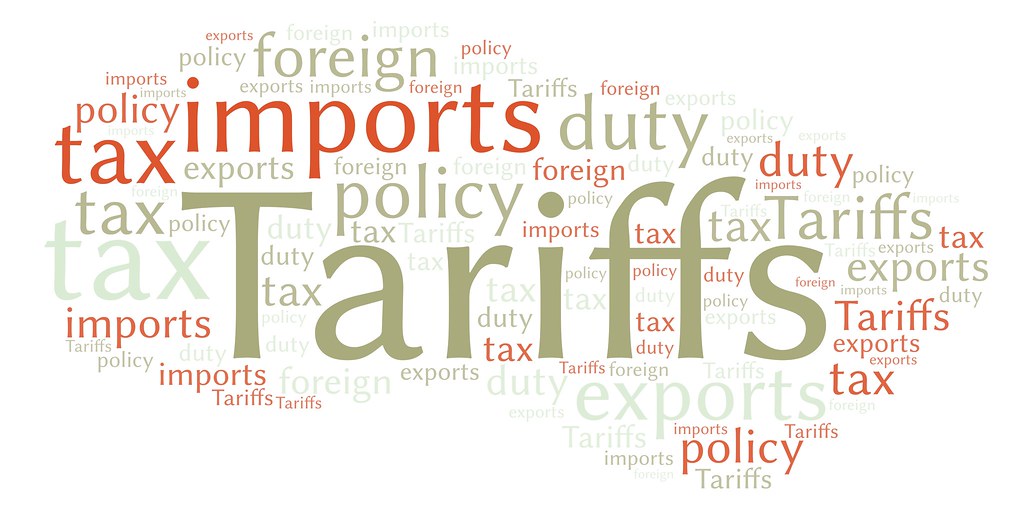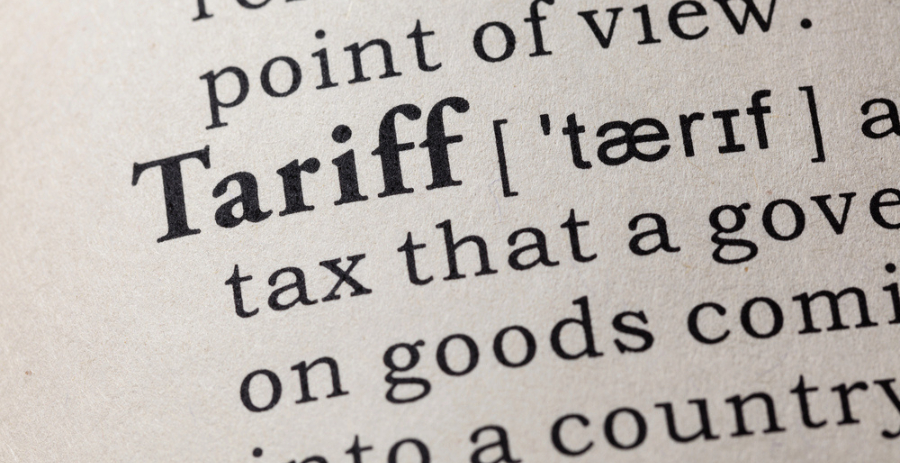95

“Tariffs are taxes imposed on imported goods, typically leading to higher prices for consumers. These increased costs are often absorbed by the importing companies or passed on to consumers.“
The primary goal of tariffs is to make foreign goods less competitive, encouraging consumers to buy domestically produced alternatives. This protectionist measure aims to safeguard domestic industries and generate revenue for the government.
Donald Trump is threatening tariffs on all imports from Mexico, Canada and China. This will impact the price of everything from washing machines to garlic. Here’s how you can prepare.
What Has Trump Proposed?
Trump’s rationale for his proposed tariffs includes restoring manufacturing jobs in the U.S. and, some experts say, using tariffs as a trade negotiating tool. In addition to the economic motivations, Trump cites security: He has insisted that Mexico and Canada stem the flow of illegal drugs and migrants over the border.
Here’s what Trump has proposed:
1. 25% tariffs on all goods coming from Mexico and Canada, to stop the flow of fentanyl and migrants across the U.S. borders.
2. During the presidential campaign, Trump said he’d impose at least a 60% tariff on imports from China. After the 2024 election, he said he’d add 10% “above any additional tariffs” on all goods coming from China until they stop fentanyl production.
3. Trump proposed 100% tariffs on goods coming from BRICS countries (China, Russia, Brazil, South Africa, India, Iran, Egypt, Ethiopia and the United Arab Emirates) if the bloc creates a currency to replace the U.S. dollar for international trade transactions. Currently, the dollar is the primary currency for international trade transactions, however, last year, Brazil President Luiz Inácio Lula da Silva called on BRICS countries to create an alternative. He said countries that don’t want to use the dollar shouldn’t have to, adding that it also allows BRICS countries more payment options and protections.
4. Trump recently threatened nonspecific tariffs against the European Union if the trade bloc didn’t step up U.S. oil and gas imports.

How Did Tariffs Work In Trump’s Last Administration?
The roots of a potential trade war go back to Trump’s first term. A report at the time showed that the U.S. was experiencing job cuts in manufacturing starting in 2001 while China was engaged in unfair trade practices, running large trade surpluses with the U.S. The U.S. also accused China of intellectual property theft —a growing risk to national security.
“Over the next year and a half, the U.S. phased in tariffs on imports from China that eventually accounted for about one-half of the goods it shipped to the U.S.,” Sargen, a financial markets contributor, says.
Prices rose 12% on products like washing machines and dryers, a 2019 study by the Federal Reserve Board and the University of Chicago found. And U.S. companies lost at least $1.7 trillion in market cap, according to a 2020 study by Federal Reserve Bank of New York and Columbia University.
“The tariffs had an impact on U.S. company stock values because, it turns out, tariff increases are a form of industrial policy that lose money for U.S. companies and investors,” Forbes leadership contributor, Stuart Anderson wrote at the time.
China and India notably retaliated against Trump’s tariffs on aluminum and steel imports in 2018, but experts believe Trump’s new tariffs could have an even more significant impact, Sargen says. China has passed laws since 2018 to better respond to U.S. tariffs and President Biden has not only kept Trump’s tariffs in place, but he has imposed additional tariffs on China.
Will Prices Go Up?
It’s likely that prices will go up for everyone — consumers and retailers — but it’s not guaranteed.
Global retailers like Macy’s or Kroger will have to diversify sourcing options and strengthen supplier relationships through long-term contracts if they want to stay competitive in the tariff-entrenched market.
Kohan says; “While some retailers have made commitments to advance the purchasing of goods from overseas sources, this can be a large outlay of capital that may not turn into planned margins but instead may lead to overstocks or excessive markdowns,”
How Can Consumers Prepare?
As living expenses rise, including higher grocery costs, consider shopping at discount or bulk retailers like Costco and Sam’s Club. These stores can provide value on a wide range of items, from food to appliances and electronics.
Local farmer markets in some areas could also be an option for groceries. There’s a caveat: As demand increases for local and seasonal shops, it could drive up those prices, too.
“The rising cost of produce due to tariffs underscores how global policies can directly impact everyday expenses for consumers,”
